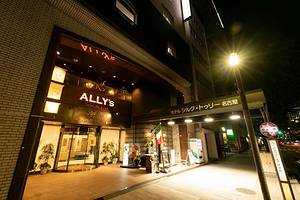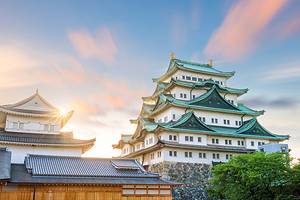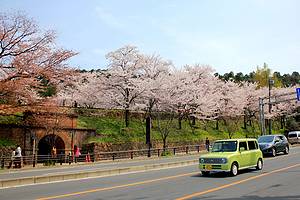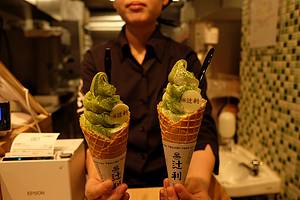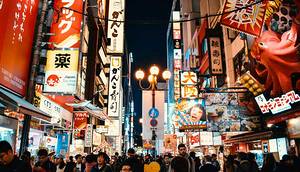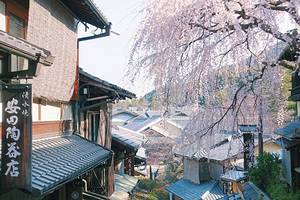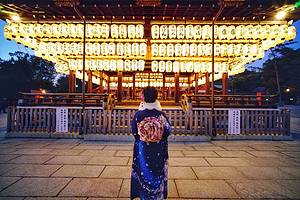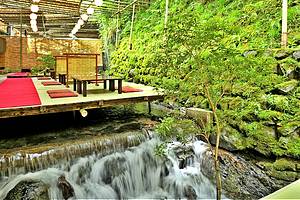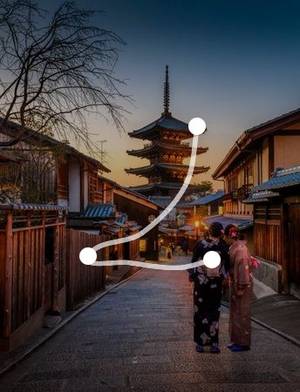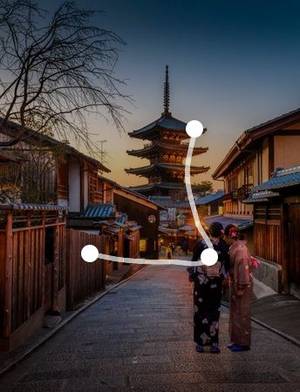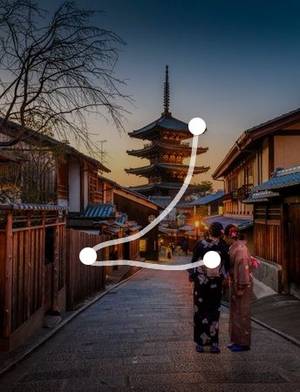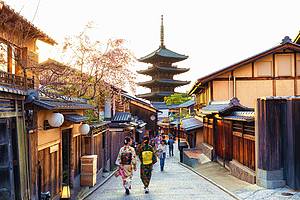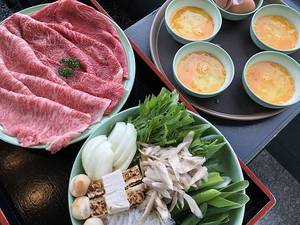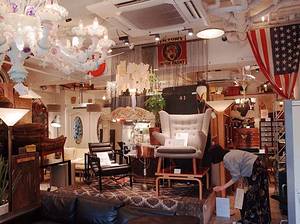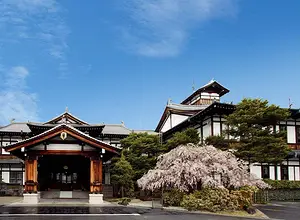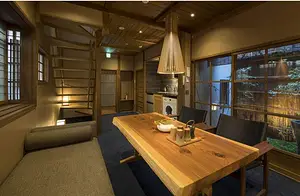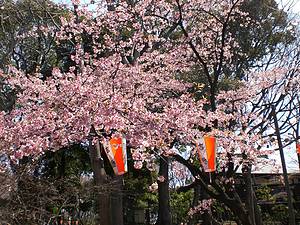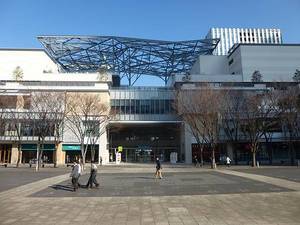Atsuta Jingu, A sanctuary of serenity and tradition
1-1-1 Jingū, Atsuta-ku, Nagoya-shi, Aichi-ken
4.2
Introduction
Atsuta Shrine is one of the oldest shrines in Japan, dating back more than 1900 years to the reign of Emperor Jingū in the 2nd century. The main hall of the shrine enshrines five deities, including Takeuchi no Sukune and Mizuha no Kami, Amaterasu Ōmikami, Susano-o no Mikoto, and Mitsuha no Me no Mikoto. Throughout history, Japanese rulers have shown great respect for the shrine, including Toyotomi Hideyoshi and Tokugawa Ieyasu, who both contributed to its restoration. Even the current emperor and empress have visited the shrine. Atsuta Shrine is considered one of the three major shrines of Japan, after Ise Shrine. One of its most famous treasures is the Kusanagi sword (a replica), one of Japan's three national treasures, which was bestowed upon the emperor by Amaterasu Ōmikami, and can only be viewed by members of the imperial family. The shrine also houses a treasure museum with over 6,000 precious objects related to the imperial family and the Tokugawa family, including many famous swords. Visitors can also see artifacts related to Oda Nobunaga and his famous screen. The shrine hosts a variety of festivals and events each year, such as the Drunken Laughing Man Festival on May 4th and the Atsuta Festival on June 5th, celebrating traditional Japanese culture and festivities. Address 1-1-1 Jingū, Atsuta-ku, Nagoya-shi, Aichi-ken
Opening hours Treasure museum opens from 9:00 to 16:30, with the last admission at 16:10. It is closed on the last Wednesday and Thursday of each month, as well as from December 25th to December 31st.
Transportation Take the JR Tokaido Line Chuo Line to Atsuta Station (Atsuta Eki) and walk approximately 8 minutes; take the Nagoya Railway to Jingumae Station (Jingumae Eki) and walk approximately 3 minutes from the west exit.
 The place where the wedding is held
The place where the wedding is held
